Summary
The Realme GT 7 Pro has recently entered the French market. With its Snapdragon 8 Elite, it is one of the most powerful smartphones of the moment, but it could also have the advantage of offering a very interesting quality-price ratio. This is what we will see in this Realme GT 7 Pro review.
The high-end smartphone market is becoming more premium every year, with prices often exceeding the 1000 euro mark. However, Realme still seems to want to defy this trend with the launch of the GT 7 Pro, a device that promises top performance at an affordable price.
It is one of the first models to be equipped with the Snapdragon 8 Elite. A first that is not without pressure, because it succeeds the Realme GT 6, a model that had convinced with its balance between performance and features. So is this smartphone positioned as a serious option for those looking to reconcile power and budget? This is what we are going to see in this test.
Price and availability of the Realme GT 7 Pro
The flagship is offered in two distinct configurations: a 999 euro version with 12 GB of RAM and 256 GB of storage, and a more generous 1099 euro version with 16 GB of RAM and 512 GB of storage. Note that the manufacturer offered an attractive introductory offer at launch, reducing these prices to 799 and 899 euros respectively.
Available in two colors, this new high-end smartphone enriches the range without replacing the GT 6, which is still marketed from 600 euros. This price positioning will put the GT 7 Pro in confrontation with renowned competitors, notably the Pixel 9 Pro XL. The smartphone will also have to face the OnePlus 13 and the future Galaxy S25.
In accordance with the French regulations on chargers coming into force on December 28, 2024, the smartphone comes with a USB-C to USB-A cable and a protective case, but without a power adapter, now available as an option.
Design: a smartphone that will not go unnoticed
The Realme GT 7 Pro aims to be a significant evolution in the brand's design approach, particularly in terms of durability. The Realme GT 7 Pro is a real tank, and that's not just an impression. From the first time you hold it, you immediately notice that the smartphone is clearly not one of the most pleasant to use. It is quite thick with its 8.55 cm and quite heavy with 220.2 grams on the scale.
This year, Realme is betting on premium materials with an aluminum chassis framed in glass. The international version sports Gorilla Glass 7i for the screen and Panda Glass for the back. Two colors are offered on the global market: Mars Orange and Galaxy Grey, while a white version remains exclusive to the Chinese market.
Our Mars Orange model is distinguished by a subtle wavy pattern on its back, while the gray version opts for a more sober look. The anti-reflective treatment applied to these two versions offers a silky finish that is pleasant to the touch. It is also entitled to an IPX9 certification which is added to the traditional IP68, allowing not only increased resistance to jets of steam under pressure, but also active use under clear water up to 2 meters deep.
The photo module, housed in a block of black glass, is positioned in the upper left corner. It integrates not only the three photo sensors and the flash, but also an infrared transmitter for the remote control function. The screen, slightly curved on all four sides, is surrounded by thin borders that reinforce the premium look of the device.
A special mention for the ultrasonic fingerprint reader, a technical choice justified by the desire to offer underwater use. Its higher positioning on the screen and its responsiveness, even with wet fingers, make it a real asset. The dual SIM drawer, equipped with a reinforced red seal, accommodates two nano-SIM cards, but the absence of eSIM could disappoint frequent travelers.
We are therefore faced with a smartphone that is not very pleasant to use because of its dimensions, but which does better than most of its competitors on a few points: the fingerprint sensor, the borders and the durability.
Screen: a very bright panel
The Realme GT 7 Pro sports a 6.78-inch OLED screen using an Eco² LTPO panel, developed by Samsung. The latter is distinguished in particular by its Pol-less technology which, by eliminating the traditional polarizer, makes it possible to achieve very good performance in terms of brightness while optimizing energy consumption.
The screen displays a definition of 1220 x 2670 pixels, or a density of 450 pixels per inch, in a 19.8:9 format. With a peak brightness announced at 6500 nits, we expected excellent results, and this is indeed the case. The brightness performance is particularly impressive: 01Lab tests revealed a peak brightness of 2589 cd/m² in HDR. In manual mode, activating the “Extra brightness” option allows you to reach almost 1922 cd/m², but otherwise it peaks at 1763 cd/m², which is very good.
LTPO technology allows dynamic variation of the refresh rate from 1 to 120 Hz, automatically adapting according to usage. However, we observed that the display refuses to drop below 60Hz in low-light environments, even with high manual brightness. Most games are nevertheless limited to 60 fps, with the exception of a few titles like PUBG, Genshin Impact, and Honor of Kings which can reach 120 fps.
When it comes to streaming and HDR, the GT 7 Pro supports the main standards, including Dolby Vision. YouTube streams HDR content perfectly. The smartphone is also compatible with the Android Ultra HDR standard, allowing optimized display of HDR photos with improved tone mapping and a boost in brightness on bright areas.
It seems that removing the polarizer slightly impacts viewing angles, a compromise that remains acceptable on a daily basis given the significant gains in brightness and energy efficiency.
The screen offers different customizable color profiles, covering 120% of the DCI-P3 color space according to the brand. By default, 01Lab measured a Delta E of 3.7, which is slightly too high but still correct. Colors are more accurate with the sRGB Natural mode, with a lower Delta E of 2.26.
The Realme GT 7 Pro's display is well made, although you have to take the time to tweak a few settings after taking it out of the box to get the most out of it.
Performance: big power, but watch out for stability
The Realme GT 7 Pro is one of the first smartphones to feature Qualcomm's new Snapdragon 8 Elite, which we previously tested in Asus' ROG Phone 9 Pro. This processor is not just an incremental improvement, but a true technological revolution. Etched in 3nm, it abandons the traditional ARM architecture in favor of a design entirely customized by Qualcomm (but still based on ARM).
At the heart of this chip is a unique configuration of Oryon processors: two Prime cores and six Performance cores. The Prime cores reach a high frequency of 4.32 GHz. This new architecture places the GT 7 Pro at the top of the hierarchy in terms of raw power in the smartphone format.
On the graphics chip side, we have to count on the Adreno 830, which adopts a new architecture in three slices clocked at 1.1 GHz, each with its own dedicated memory. Our test model, equipped with 16 GB of LPDDR5X RAM and 512 GB of UFS 4.0 storage, is the most generous configuration available on the international market.
Performance tests reveal results that live up to expectations, particularly in CPU benchmarks where the Snapdragon 8 Elite largely dominates the competition, both in single-core and multi-core. The GPU also displays excellent performance.
As is often the case with high-end chips, it is mainly thermal management under prolonged load that takes precedence. Stability tests show a fairly significant progressive drop in performance during intensive use, despite fairly contained heat. The smartphone displays a stability of only 64.3% on Wild Life, a fairly poor result.
In real conditions, the GT 7 Pro nevertheless excels in all tasks, including the most demanding games. The smartphone handles Call of Duty Warzone or Wild Rift without flinching with the graphics at full blast. Realme has also integrated AI-based enhancement features, such as Gaming Super Resolution, which upscales games up to 1.5K from 720p.
The gaming experience is enhanced by GameSpace, a comprehensive suite of optimization tools that eliminates the need for a dedicated gaming smartphone. For example, it is possible to use a "bypass" feature for charging, which allows the smartphone chip to be powered directly to improve performance.
The GT 7 Pro stands out as a benchmark in terms of performance in its category, even surpassing the synthetic scores of the iPhone 16 Pro under A18 Pro.
Autonomy and charging: a very enduring smartphone
If the Realme GT 7 Pro is so imposing, it is because Realme has integrated a battery with an enormous capacity: 6500 mAh. This is more than the majority of high-end smartphones in its category. Our battery life tests unsurprisingly reveal top-notch performance.
The smartphone will last you at least two days, if not three. With mixed usage, i.e. a bit of social networking, gaming, photography, GPS navigation, and video streaming, the smartphone seems to do much better than its competitors.
Our automated mixed battery life protocol, which simulates continuous smartphone use, obtained 21 hours of use before the smartphone turned off. A truly excellent performance, smartphones exceeding 20 hours being generally very durable.
Recharge
On the charging side, the smartphone is compatible with 120 W fast charging. If the new carbon-silicon batteries prioritize energy density over charging speed, the performance remains good: 45% battery in 10 minutes and a full charge in 45 minutes.
The GT 7 Pro includes several battery protection features, including intelligent charging that adapts to the user's habits and an option that limits charging to 80% during extended charges. It is also possible to deactivate fast charging to prioritize battery life.
This model therefore proves to be one of the brand's most enduring. However, let's note the absence of wireless charging, a feature present on previous versions but abandoned on this model in favor of other priorities, it's a shame, but ultimately not so essential.
Interface and software: Realme UI filled with AI
The Realme GT 7 Pro runs on Android 15, customized by the Realme UI 6.0 overlay, a variant of ColorOS from Oppo, the flagship brand of the Oplus group. The manufacturer is committed to providing five years of major Android updates and six years of security patches, a support policy slightly behind the 7 years promised by Google or Samsung, but still ahead of a OnePlus 13 and its four years of Android updates.
The interface retains the fundamentals of Realme UI while bringing subtle visual refinements, as evidenced by the revamped “About” menu. The lock screen, home screen and quick settings panel remain faithful to the usual design, with their characteristic colorful icons.
The big new feature of this version is the deep integration of artificial intelligence features. Among the most notable is AI Screen Recognition, activated by a long press with two fingers on certain applications. It analyzes the contents of the screen to facilitate interaction with texts and images. These elements can be saved or shared via the AI Smart Loop, a customizable carousel of applications offering contextual actions.
The Photos application integrates several AI tools: the AI Eraser for deleting elements, the AI Ultra Clarity for image enhancement, and the new Sketch to Image function which transforms sketches into images generated according to different artistic styles. Also added is AI Motion Deblur, promising to correct motion blur in photos, particularly useful for fast-moving subjects.
For gamers, Realme has developed AI Gaming Super Resolution and Super Frame, optimizing visuals and performance on games like Genshin Impact and Honkai: Star Rail. However, the effectiveness of these features remains variable, with some being more of a gimmick than an essential utility.
Realme has significantly reduced the number of pre-installed third-party apps, limiting itself to Amazon, Netflix and Facebook, all of which can be uninstalled. This is a great feature for those looking for a more streamlined user experience, although some system notifications can still be intrusive.
Realme has therefore improved its software by riding the AI wave, and it works. Some features like AI Screen Recognition remind us of "Surround to Seek", and are very practical in everyday life.
Audio: could do better
The Realme GT 7 Pro adopts a hybrid stereo configuration combining a lower speaker with a second one placed at the top. The latter also serves as an earpiece for calls. Regarding the sound quality, it is quite decent, without being exceptional either. The sound volume is good, the distortion is not too present even at full volume, but these speakers struggle a little with the management of treble and bass. Your favorite songs could then be a little distorted, and will probably push you to favor a wired or Bluetooth connection with headphones outside of simple video playback or gaming.
Photo and video: a configuration that is too unbalanced
The Realme GT 7 Pro offers a photo system that, without revolutionizing the market, offers honorable performance. But we are not here facing a smartphone that seeks to seduce photography enthusiasts.
Wide-angle
Equipped With a 50MP Sony IMX906 sensor (f/1.8), the main camera delivers balanced shots during the day, with good color management and a satisfactory level of detail. In low light, processing becomes more aggressive to reduce noise, which results in sometimes pronounced smoothing. Portraits benefit from a faithful reproduction of skin tones, even if the tendency to over-accentuate details can sometimes detract from the naturalness of the images.
Ultra wide-angle
The 8 Mpx ultra wide-angle module is clearly the weak link in this configuration. Despite correct colorimetry in bright light, the lack of definition and limited HDR performance are felt, particularly in contrasting scenes. In low light, the results quickly become unusable.
Telephoto and digital zoom
The 50 Mpx telephoto lens (Sony IMX882, f/2.65) is, on the contrary, one of the strengths of this smartphone. Zooms up to 6x remain usable, even if the quality gradually declines. The main drawback: its minimum focusing distance of 60 cm limits the possibilities of macro photography, unlike its predecessor.
Portrait and Selfies
The 73mm focal length makes it a particularly suitable telephoto lens for portraits, with beautiful bokeh management and precise edge detection. The 16MP front camera produces decent self-portraits in favorable conditions, favoring the preservation of highlights. Skin tones are generally accurate, but the processing sometimes lacks consistency, especially in terms of sharpness.
Underwater mode
An interesting innovation, the GT 7 Pro includes an underwater mode that is automatically activated when immersed. Usable up to 2 meters deep for up to 20 minutes, it transforms the fingerprint sensor into a trigger, thus compensating for the impossibility of using the touch screen underwater. Better yet, when exiting the mode, the smartphone emits noise to remove any possible drops lingering in the speakers.
Video
In video, the smartphone allows recording in 8K at 24 fps with the main sensor, while the telephoto lens is limited to 4K/60fps. The ultra wide-angle remains limited to Full HD/30fps, a regrettable limitation for a high-end device. The stabilization is effective, even if the noise control on the telephoto lens could be improved.
The Realme GT 7 Pro offers a decent but not exceptional photo system. While the main sensor and the 3x telephoto lens provide satisfactory quality shots, the ultra wide-angle is disappointing.

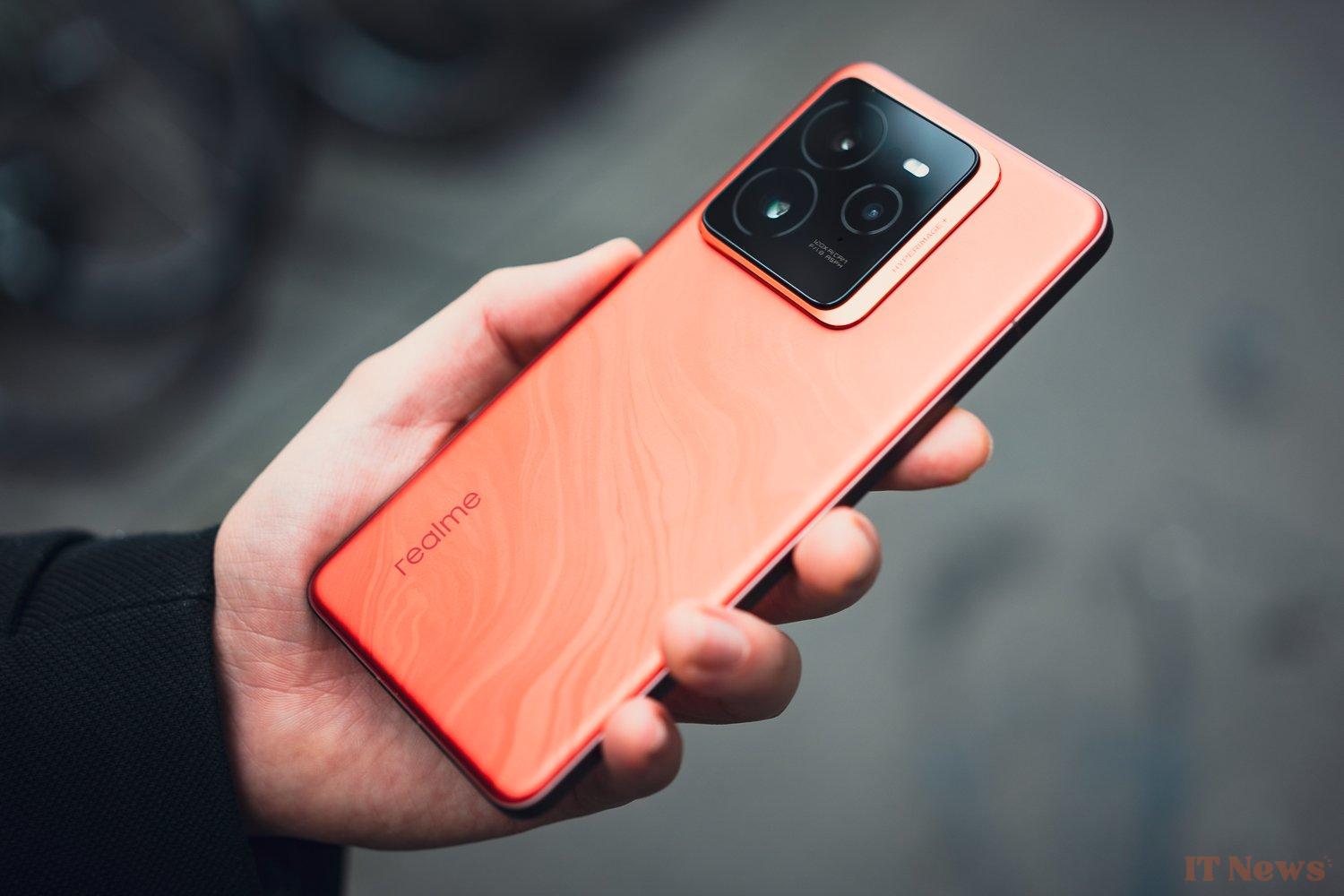
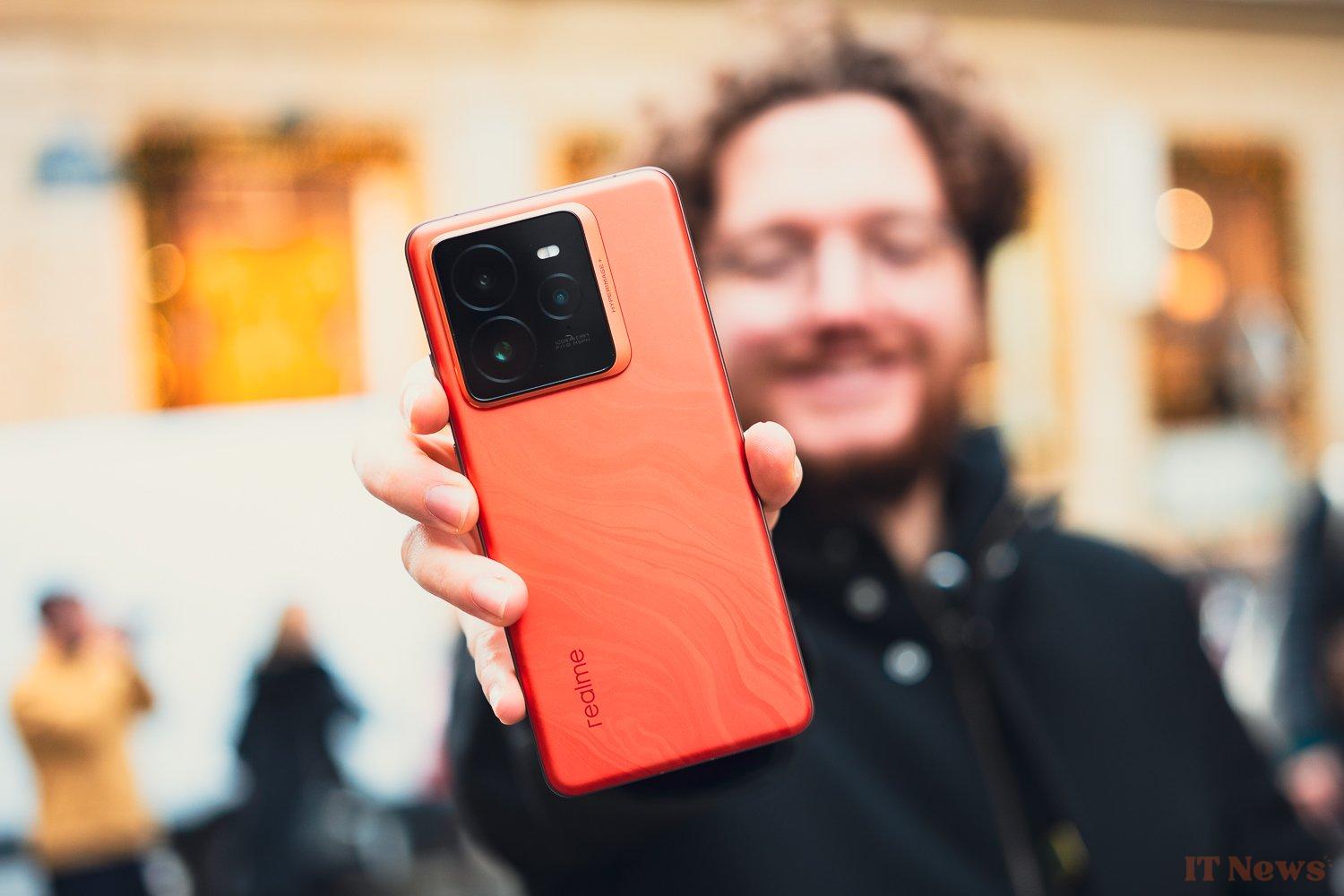
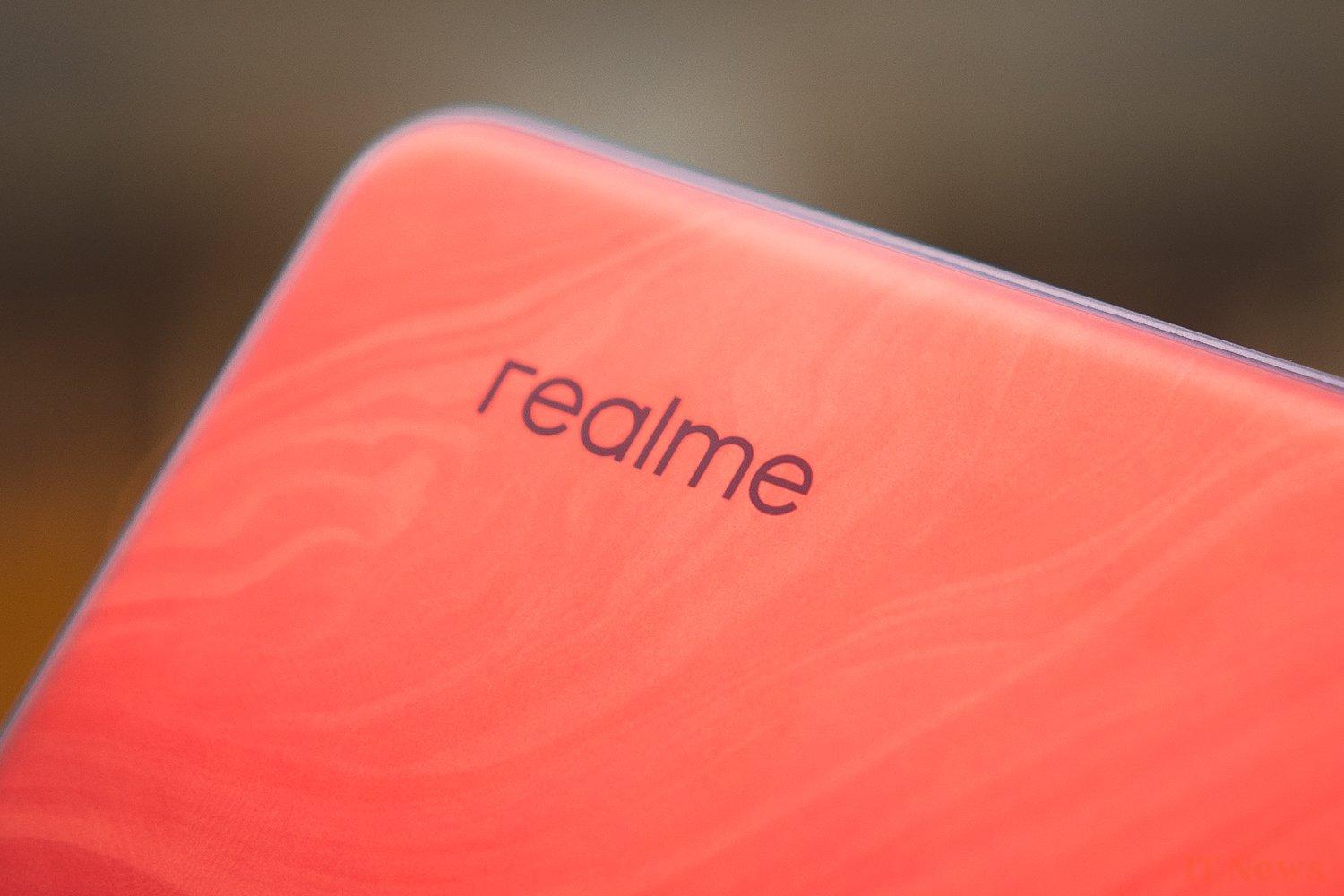
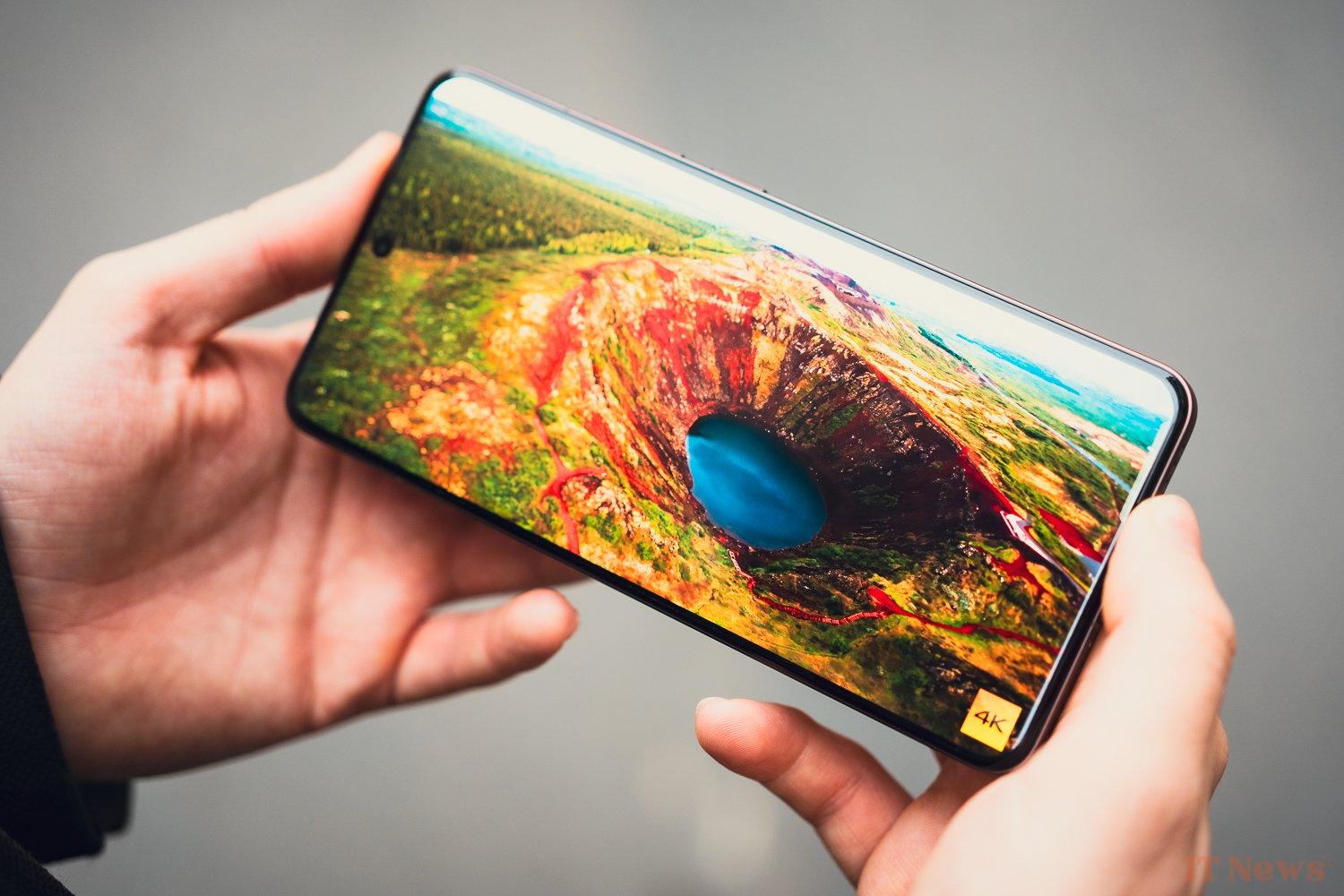
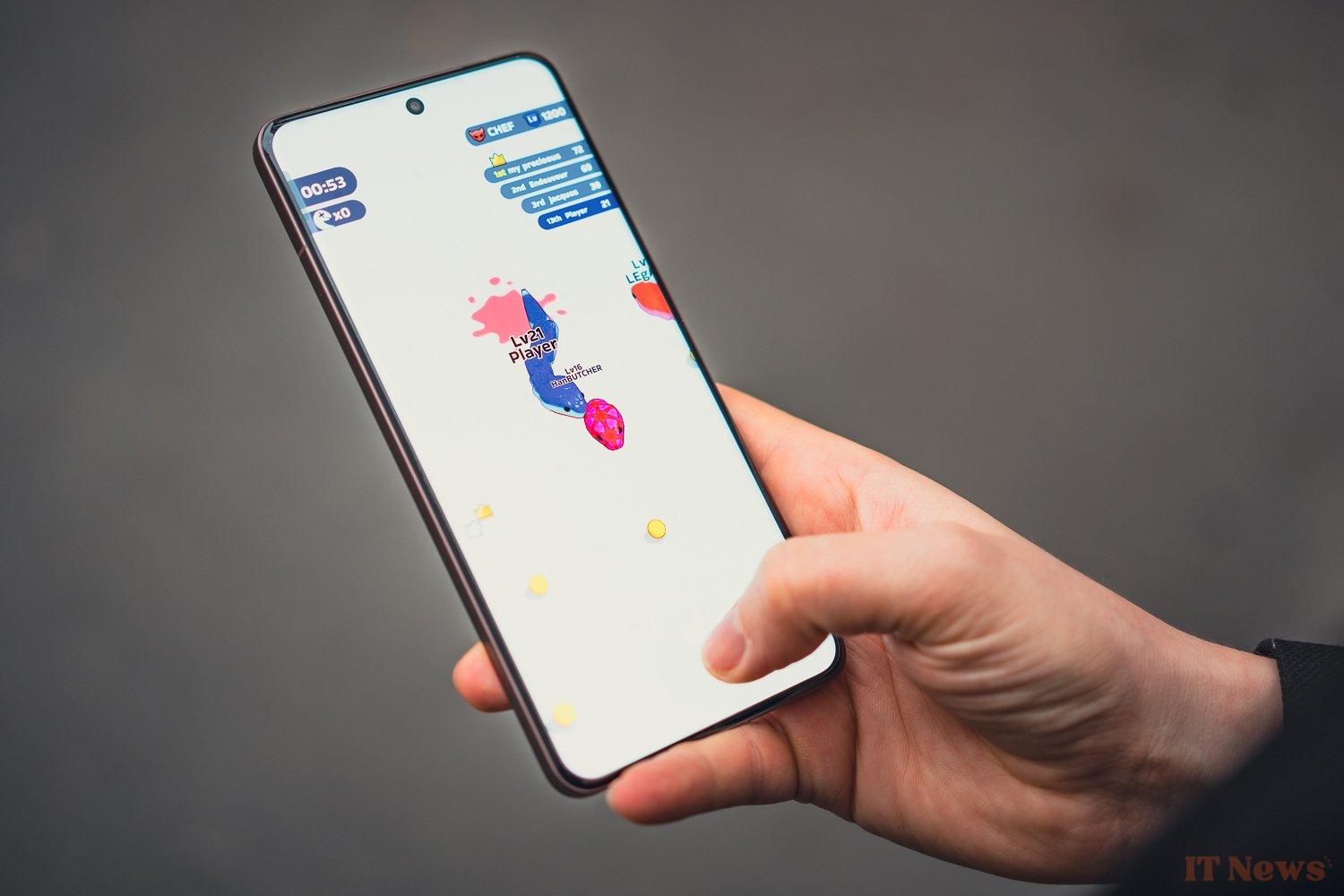

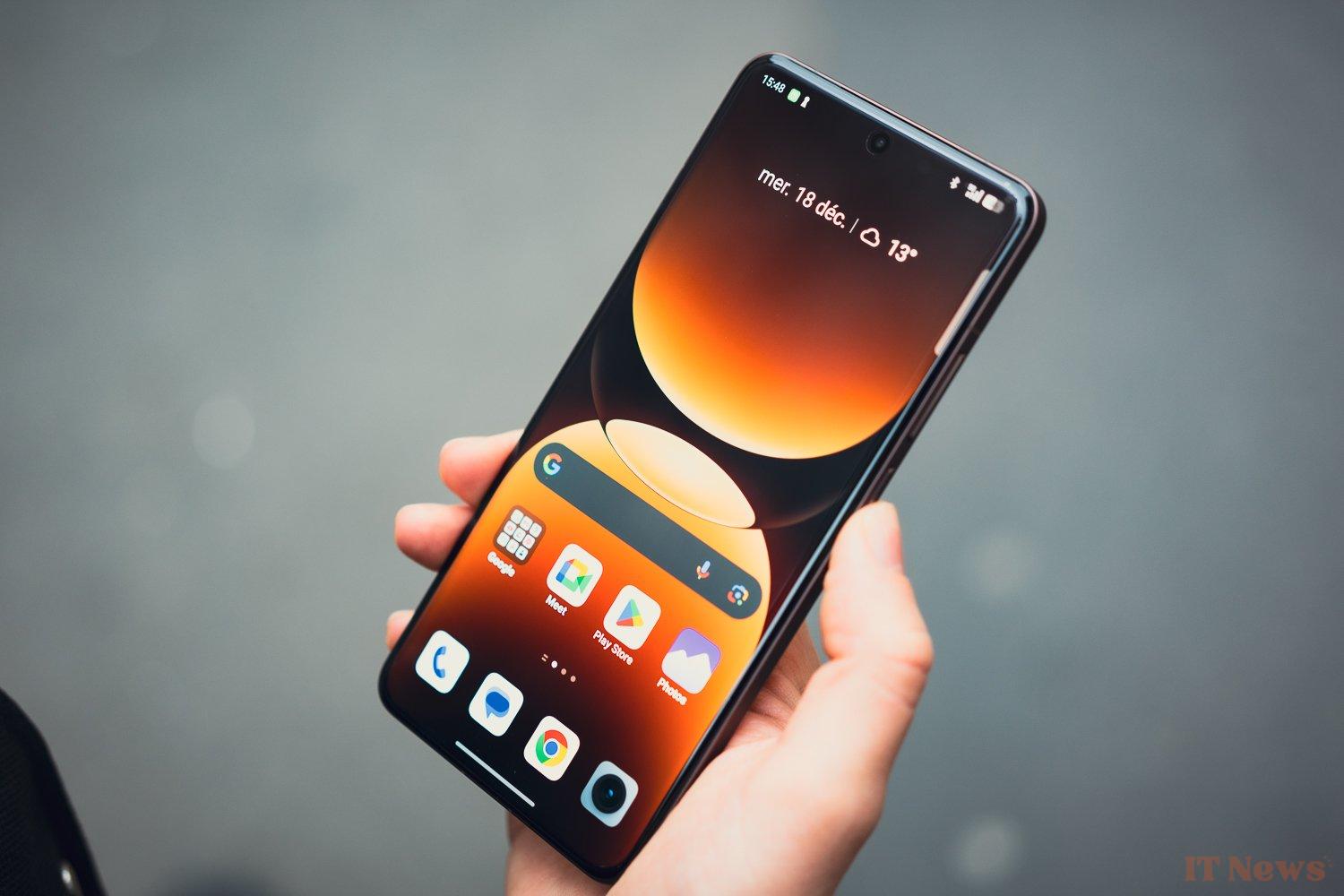
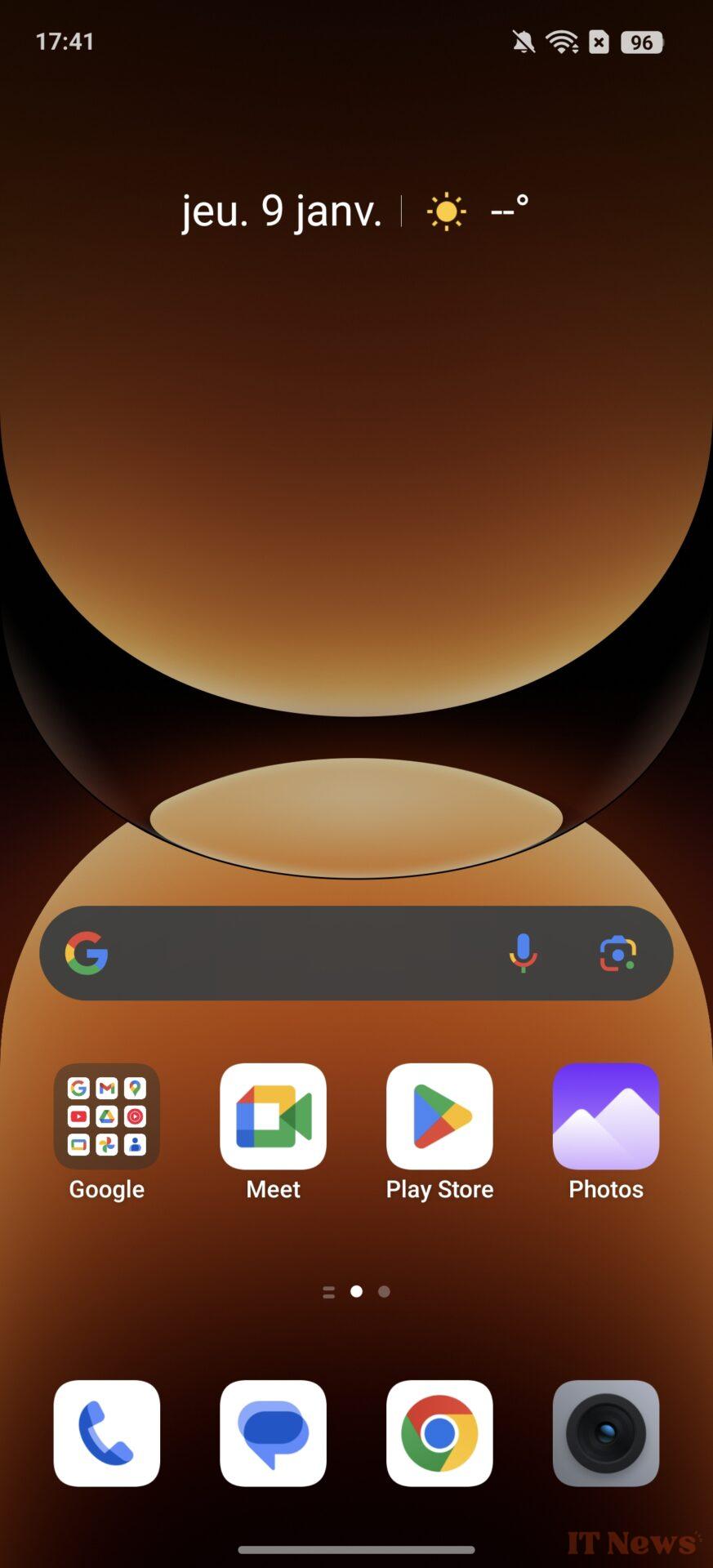
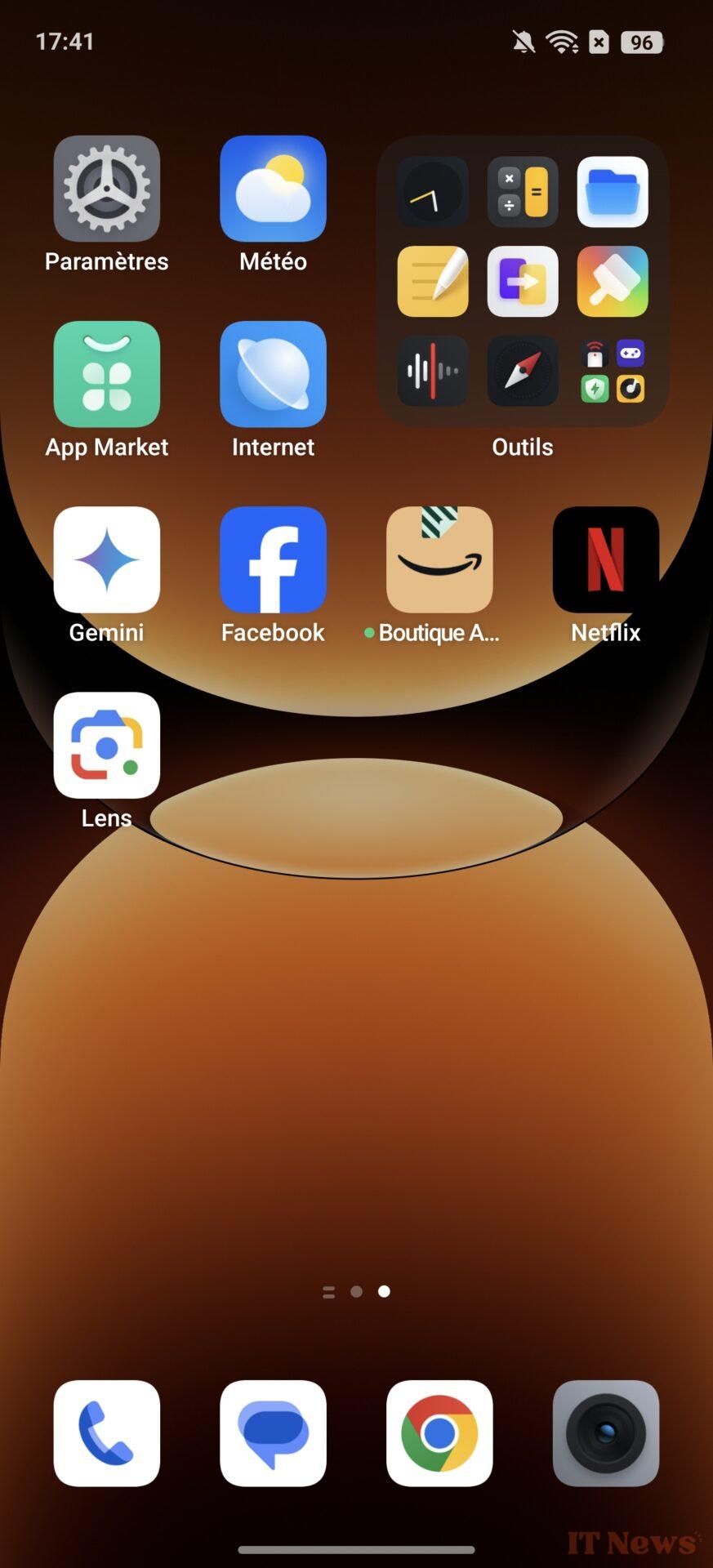
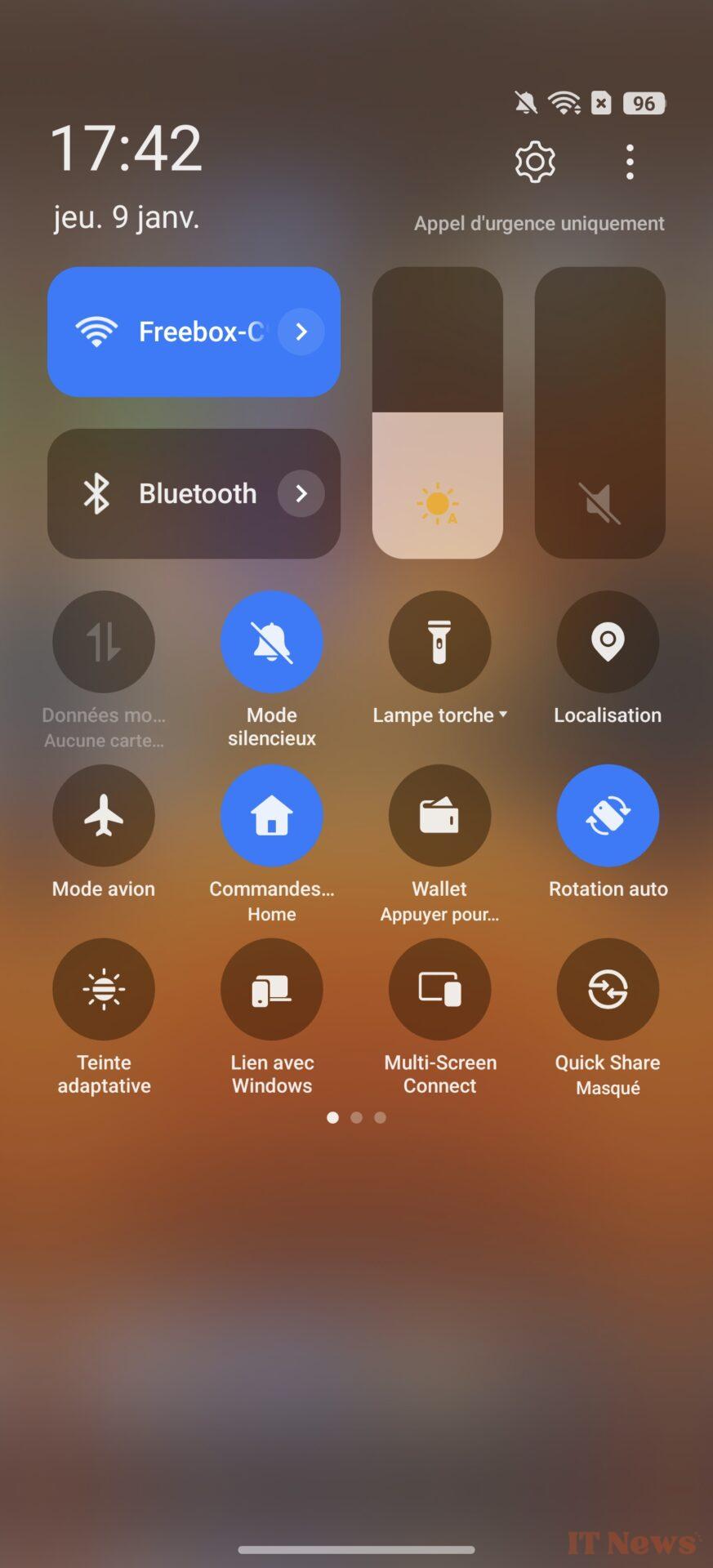
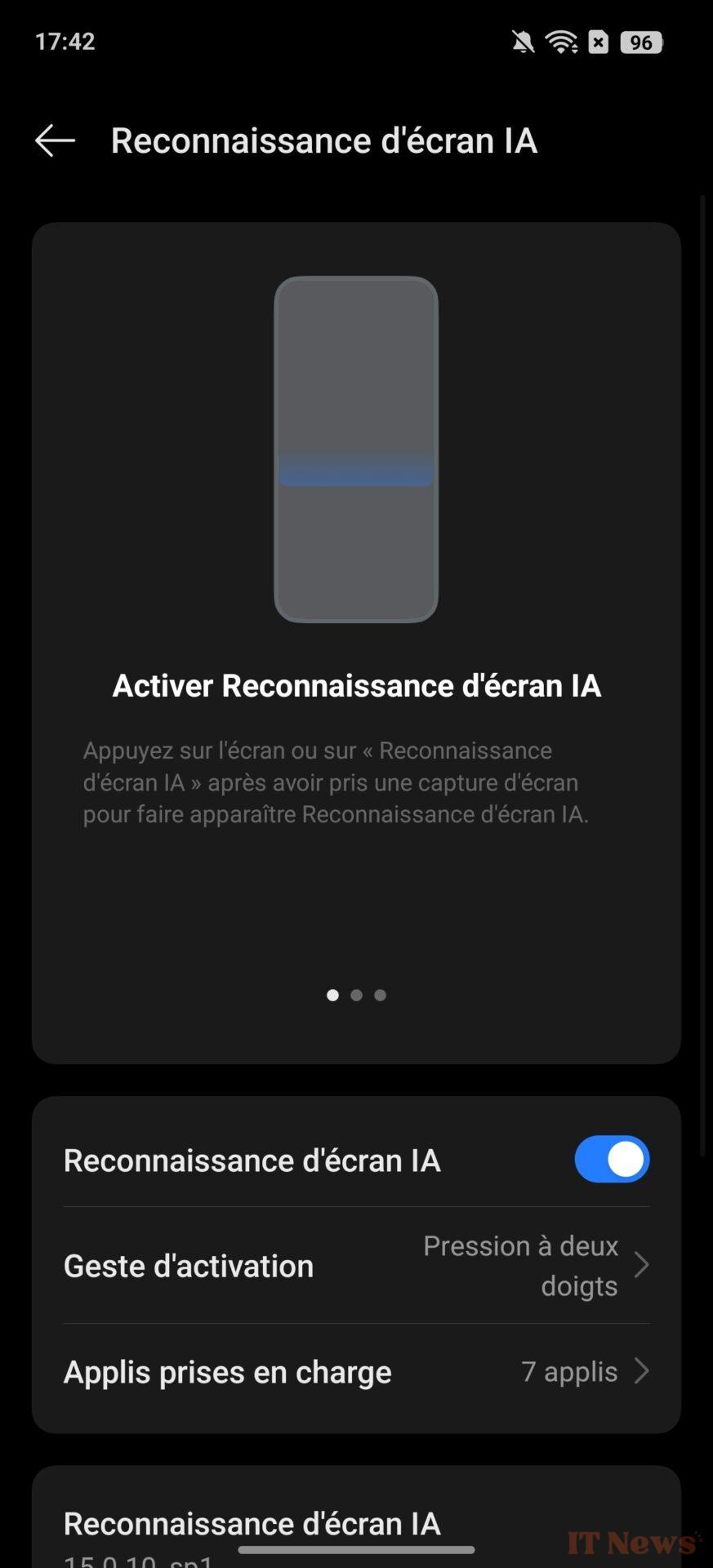
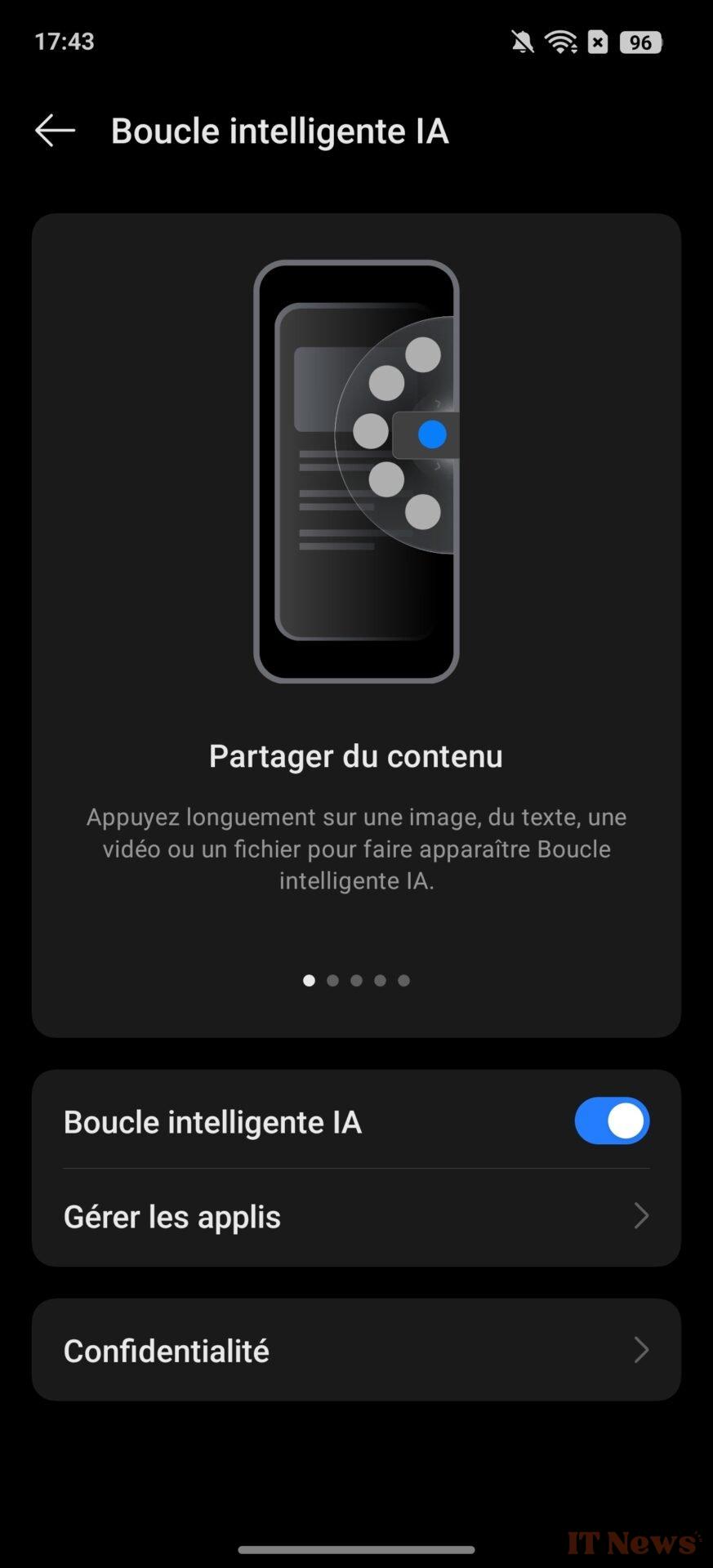
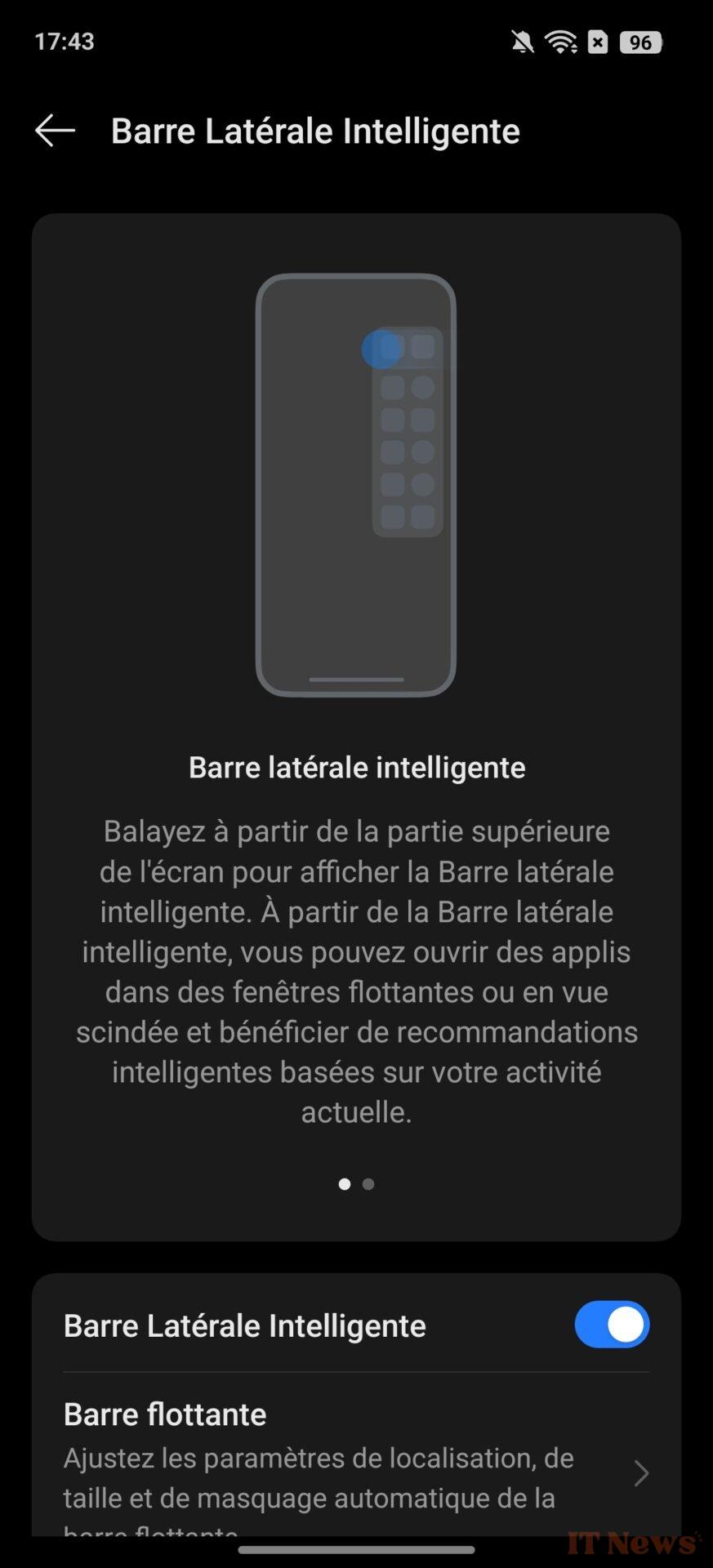

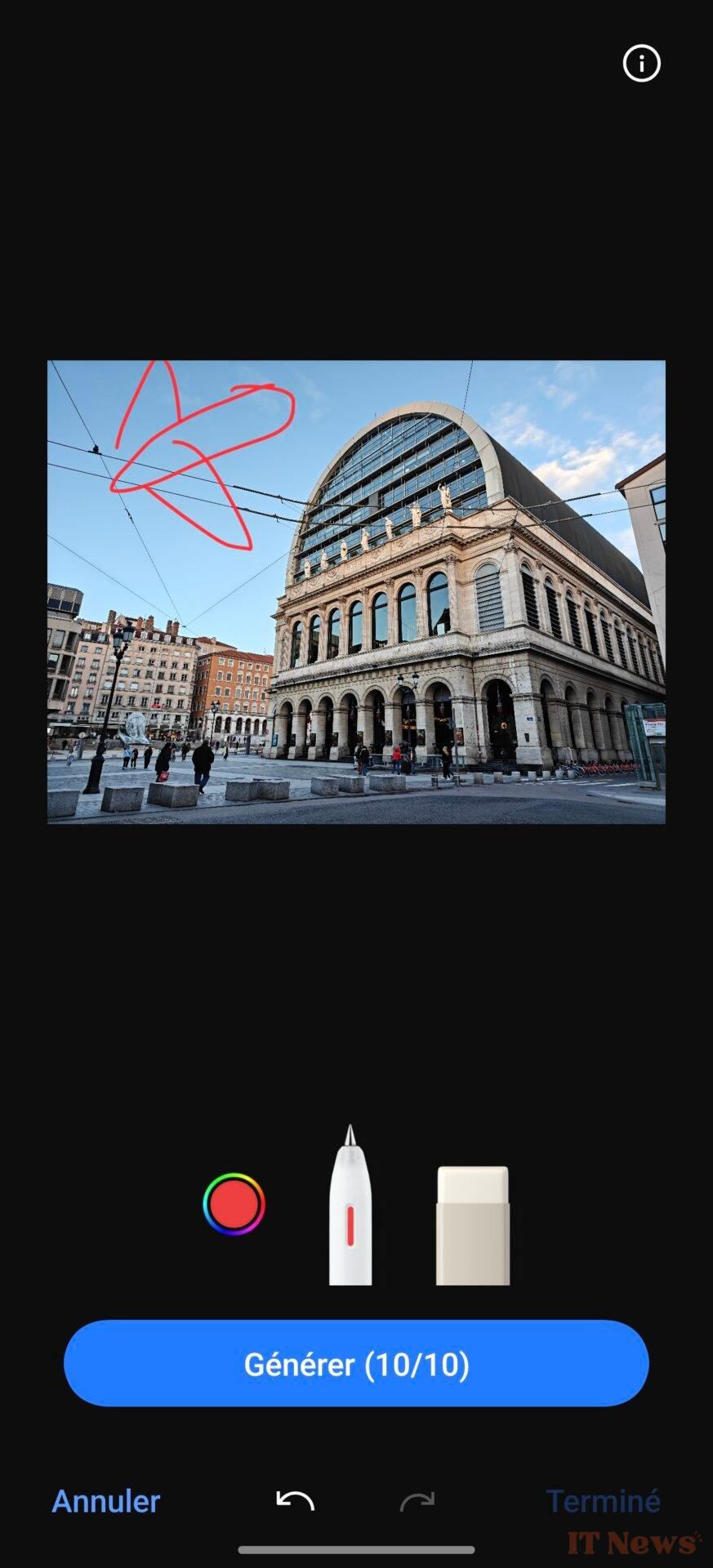

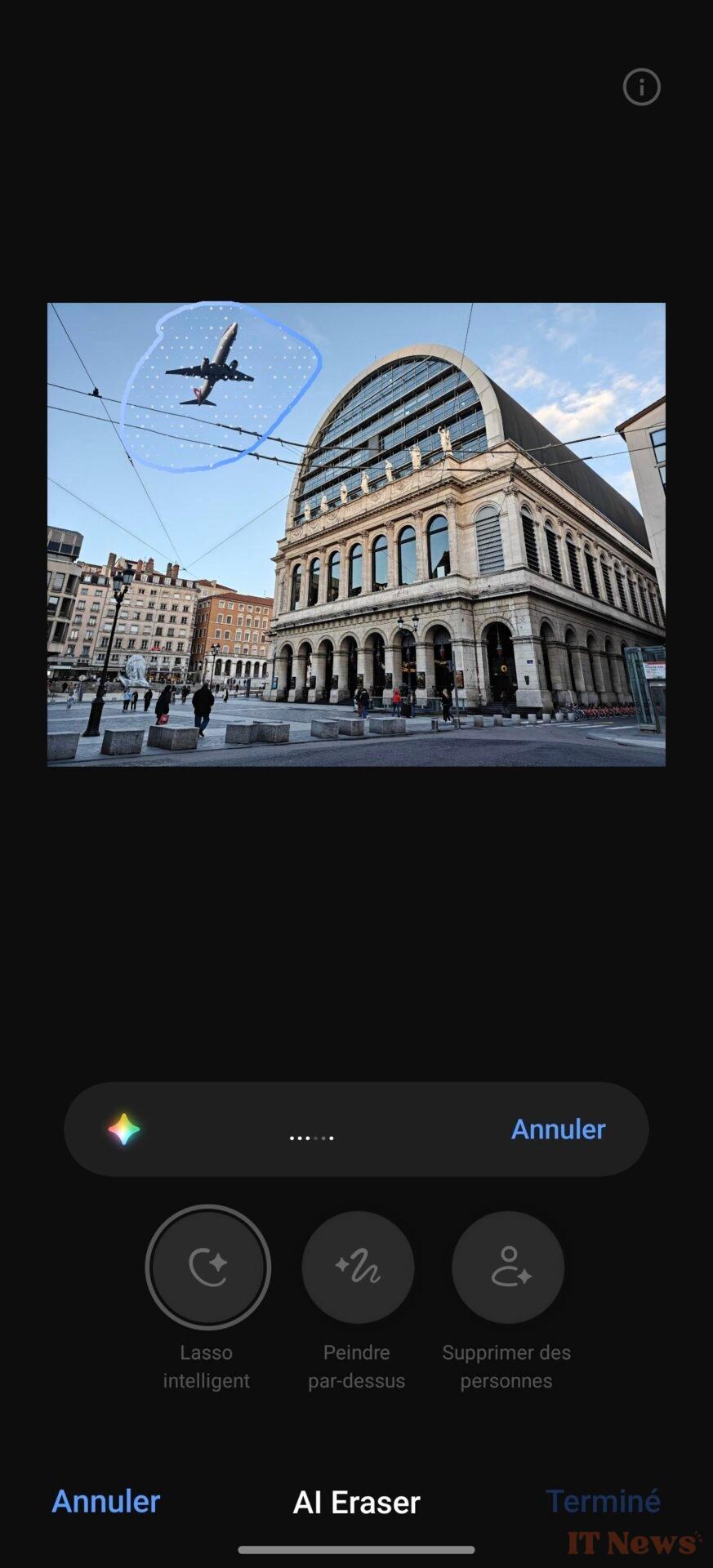


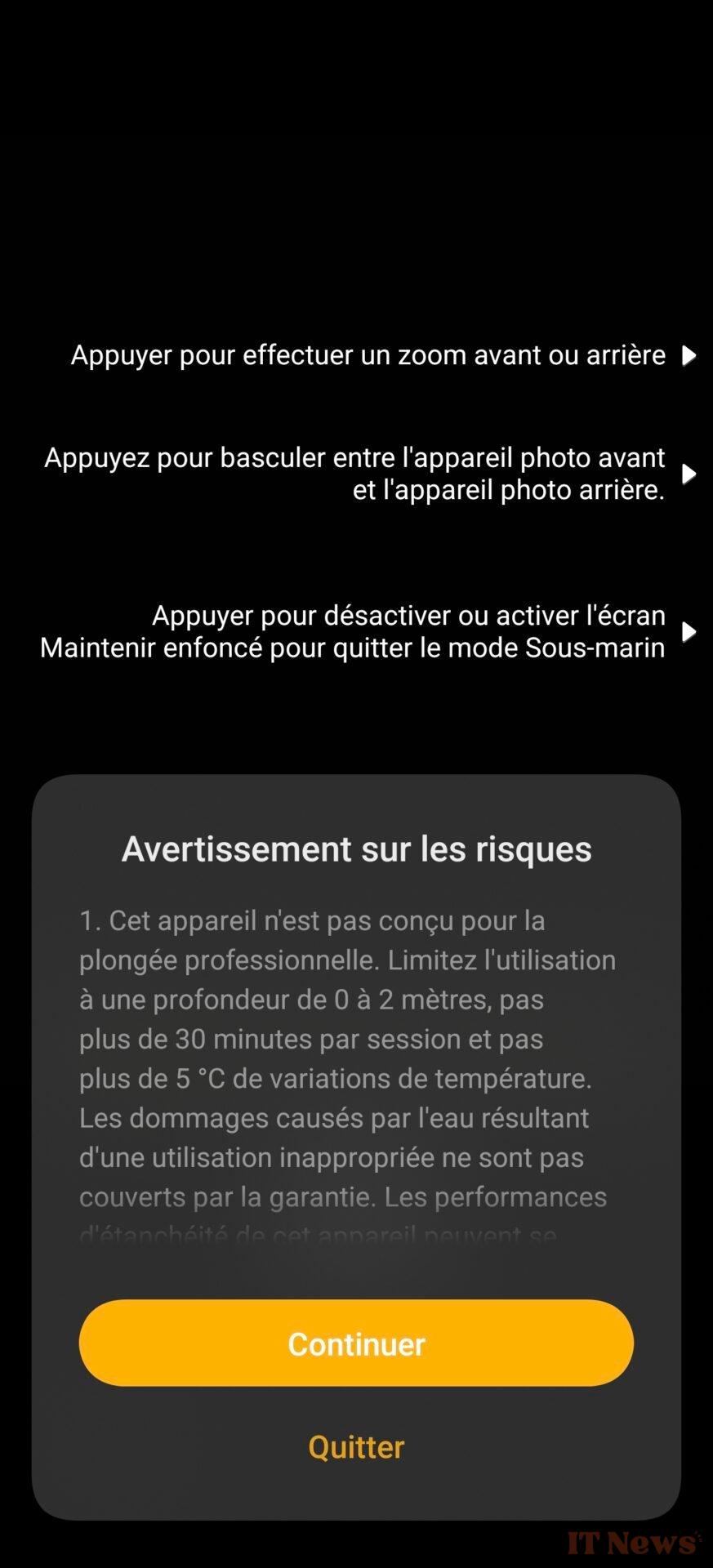
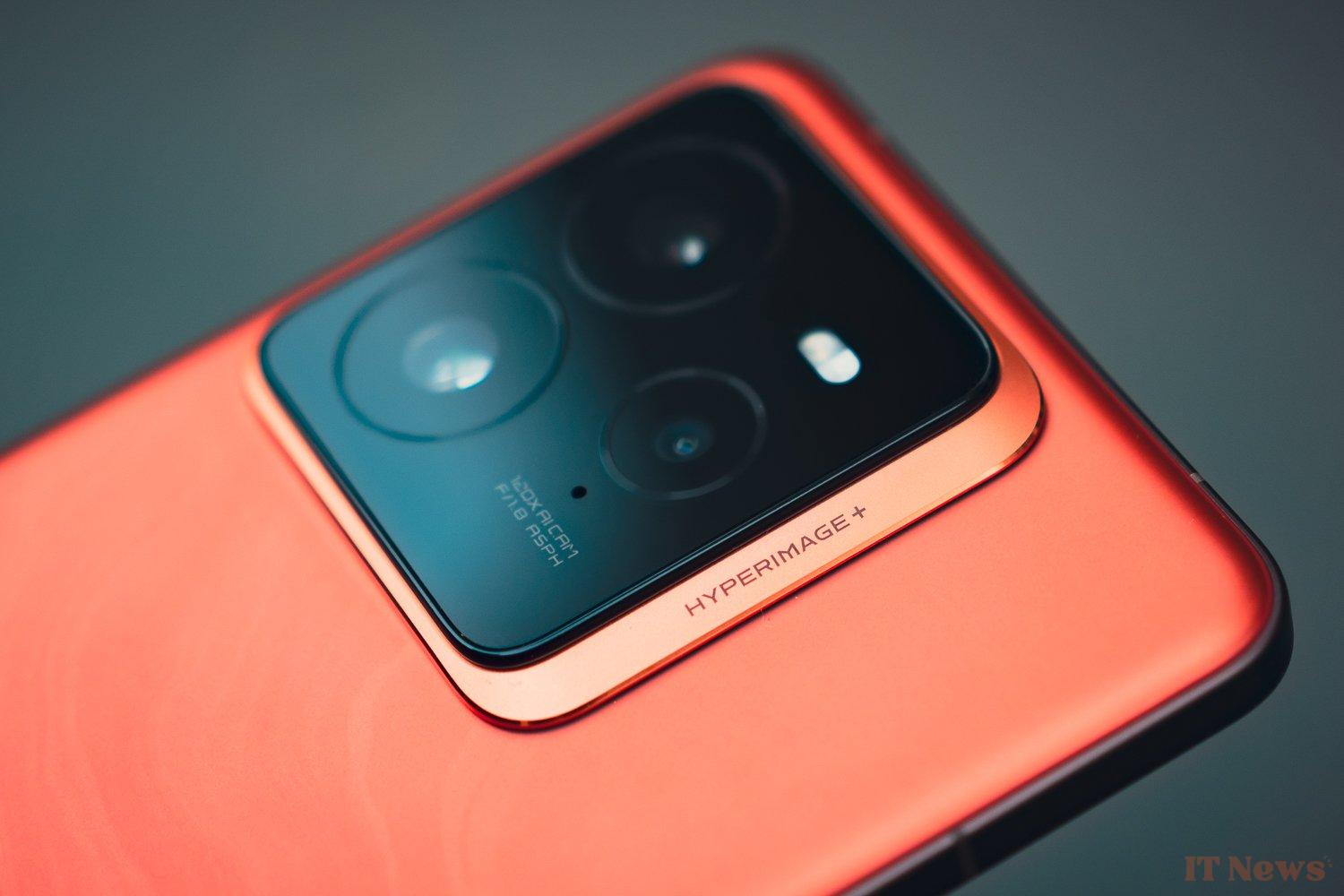








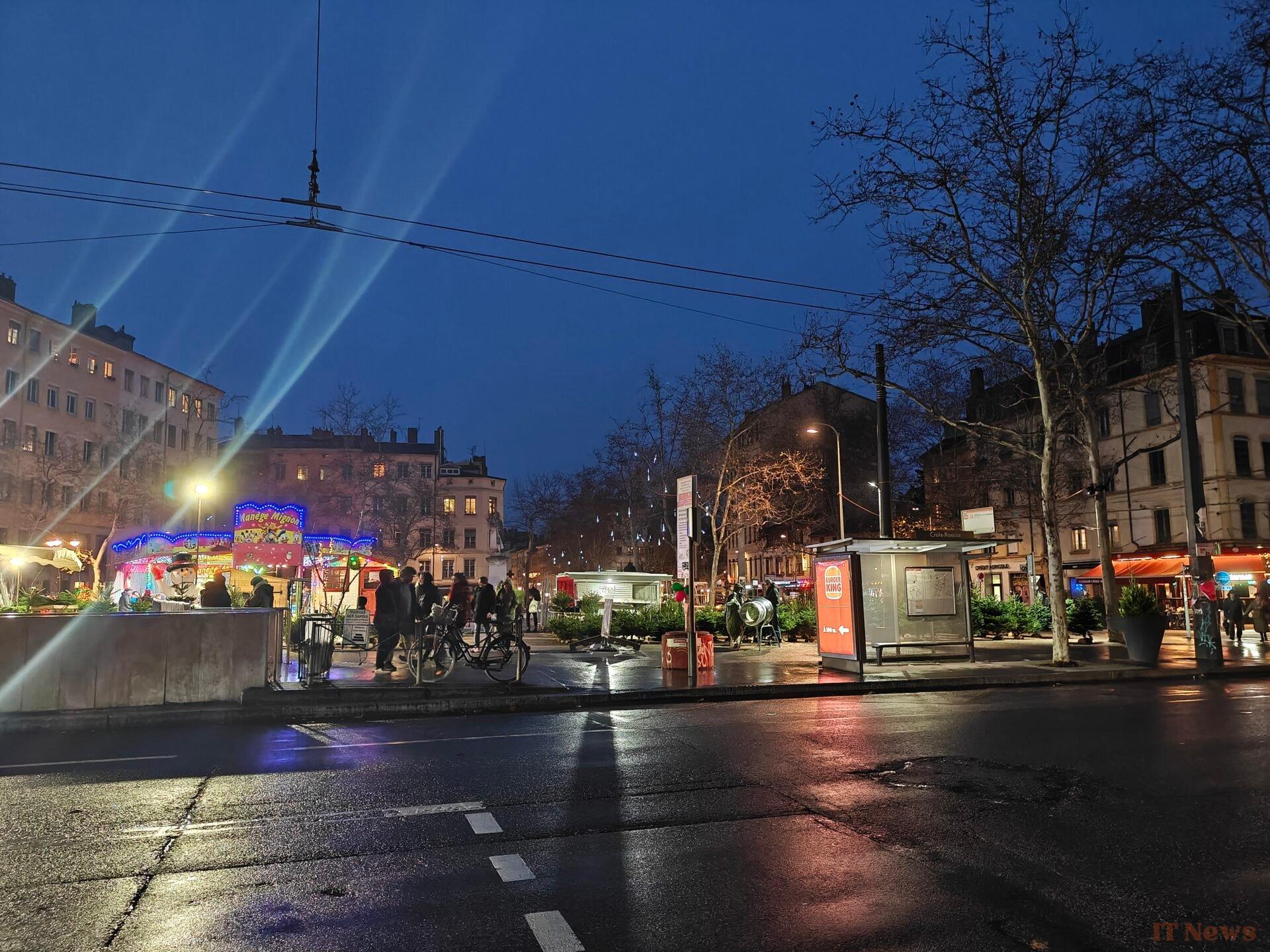

















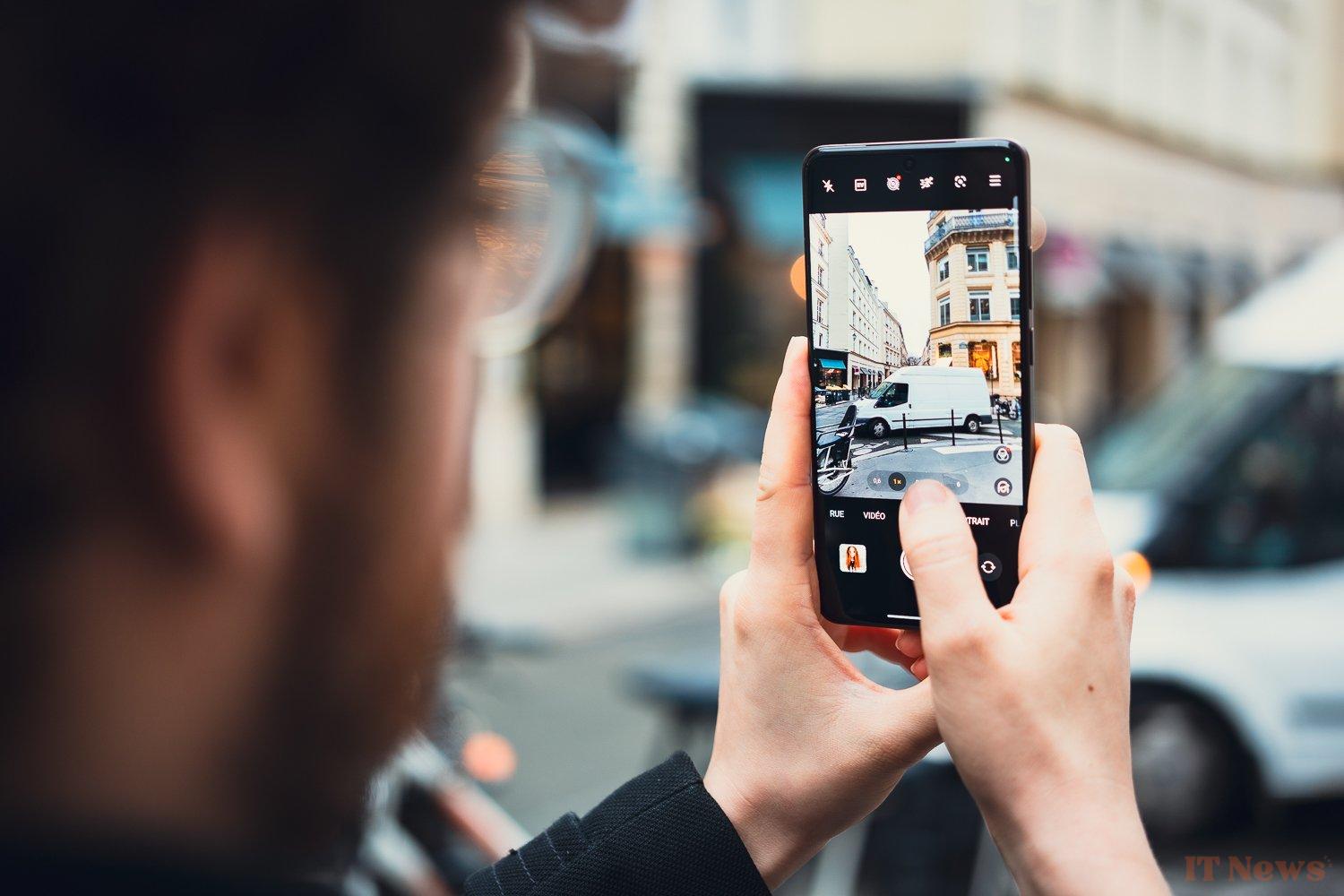

0 Comments